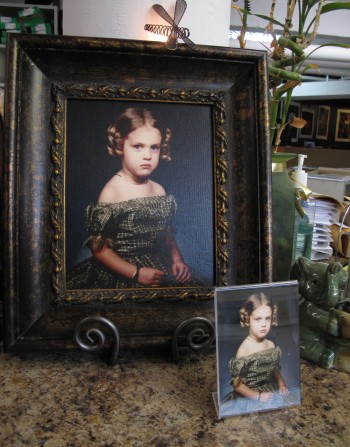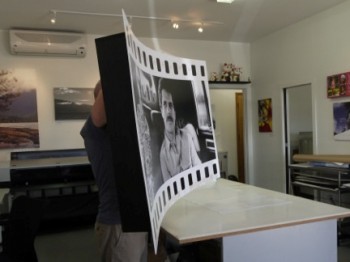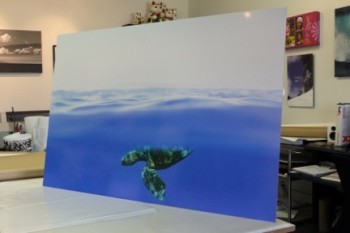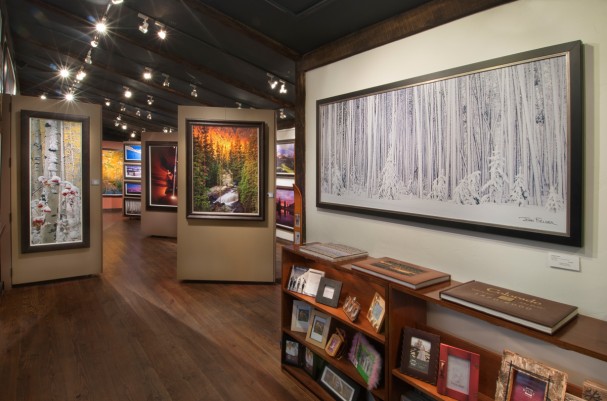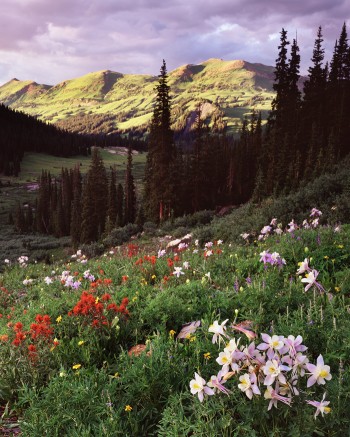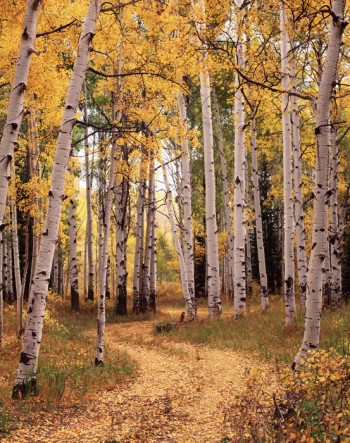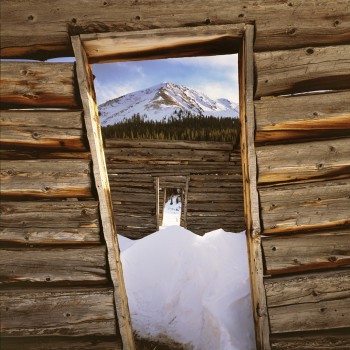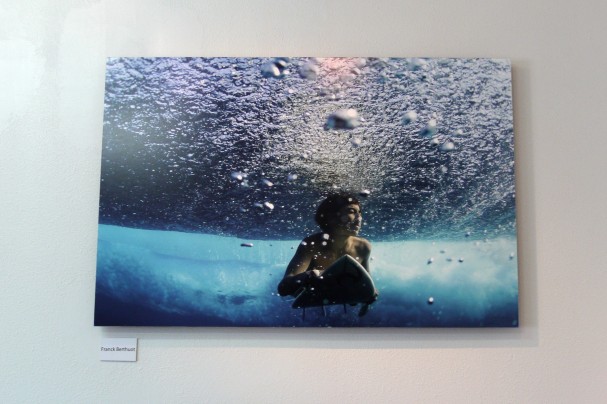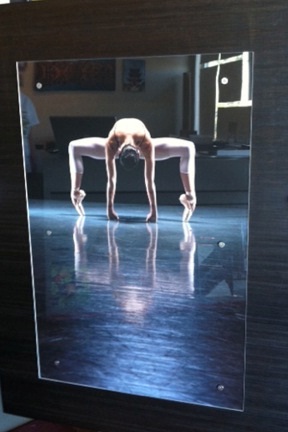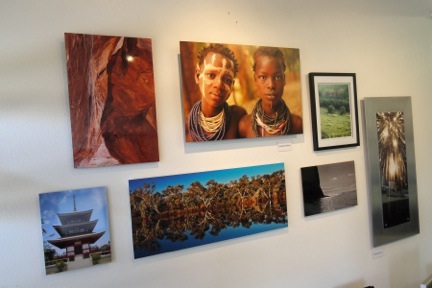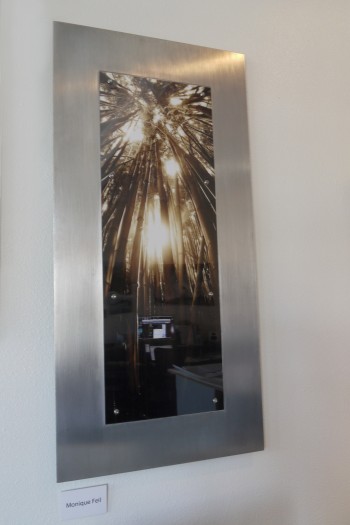There’s no doubt that picking the right images to use in a competition is the first step toward winning it. However, presentation is a key element, especially the print medium used to portray the image.
“When we print for competition we like to print on LexJet Sunset Photo Metallic Paper because it really pops,” says Becky Hardgrave, owner of Hardgrave Photography in Knoxville, Ark. “We also like Sunset Photo eSatin Paper and use it for all of our client work because it picks up the depth of the image and is very solid and durable.”
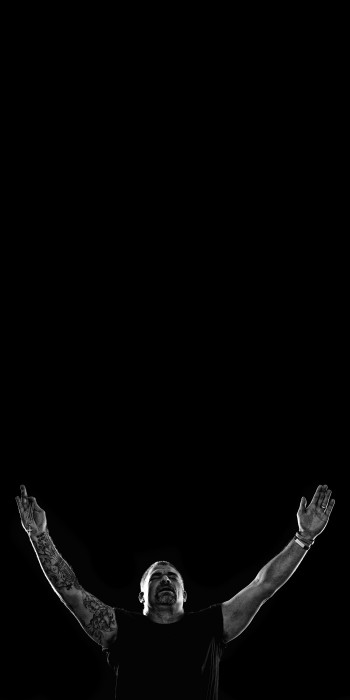 Hardgrave won first place portrait in the general division at the recent Arkansas Professional Photographers Association’s 2012 print competition. That same print, called Revival, won the Delores Shrader Award for best black-and-white image.
Hardgrave won first place portrait in the general division at the recent Arkansas Professional Photographers Association’s 2012 print competition. That same print, called Revival, won the Delores Shrader Award for best black-and-white image.
Two other images – one printed on Sunset Photo Metallic called Urban Blooms and another printed on Sunset Photo eSatin called La Princessa – merited.
“Everything scored higher than usual. I don’t know why; maybe after ten years I’m learning the game,” muses Hardgrave. “Being able to print my own makes it a whole lot easier to enter print competitions because I can see it right away. It’s different seeing it on the screen than it is on the paper because then you can see what you need to adjust when necessary. I also sought out the help of a couple of different people who do a lot of competitions and got their ideas on which images were worthy for the competition.”
Revival: This was Hardgrave’s showcase image, scoring higher than anything she’s ever entered in competition. “I met Robert [the subject for the image] at church and I knew he would be great for this project I already had in mind; not by his looks but from our discussions about life.” Sunset Photo Metallic was the perfect medium to bring out all the subtleties of the image. “I was shocked and very excited; it was nice to get a first place and an affirmation of my skills,” adds Hardgrave.
Urban Blooms: Printed on Sunset Photo Metallic, Hardgrave captured this image on San Antonio’s Riverwalk during the 2011 Imaging USA event. “I took several photos and never did much with them, but got to playing with them one day before Delta School and threw it in with several other to get some advice on what to enter,” recalls Hardgrave.
La Princessa: Printed on Sunset Photo eSatin, this image is from a session with twin 15 year olds who were looking for beautifully lit, classic portraits printed at 30×40 for their Quinceanera Party. “I just kept looking at the 30×40 print and decided to print it for part of my print case at competition,” says Hardgrave.

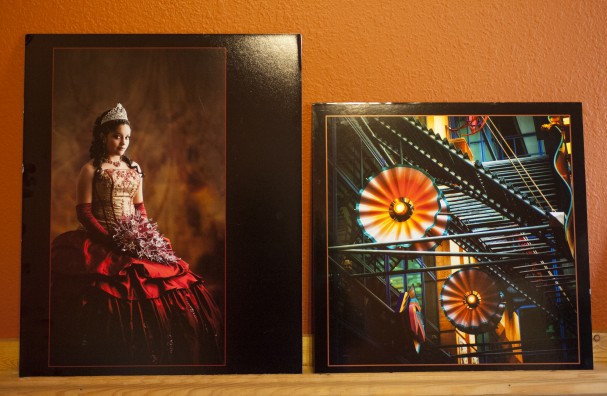
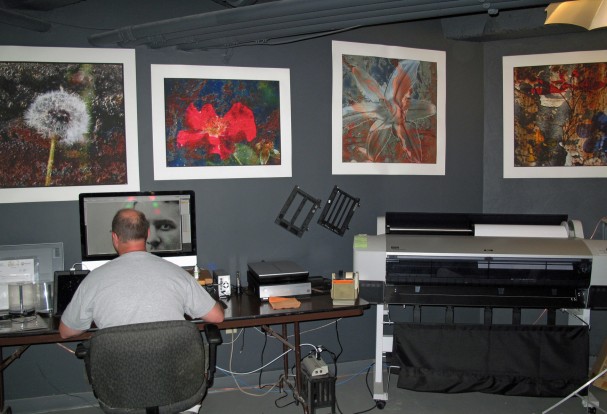
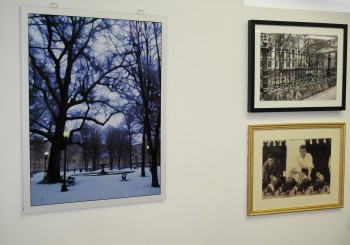
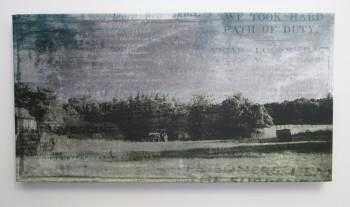
 This client base supplements the foundation of artists and photographers seeking consistent, quality output. “I’m beginning to see a lot more mixed media people because digital has become part of the process where I do a base print and they work on the print afterwards. For example, I have a client who gives me a file that I print it on
This client base supplements the foundation of artists and photographers seeking consistent, quality output. “I’m beginning to see a lot more mixed media people because digital has become part of the process where I do a base print and they work on the print afterwards. For example, I have a client who gives me a file that I print it on 